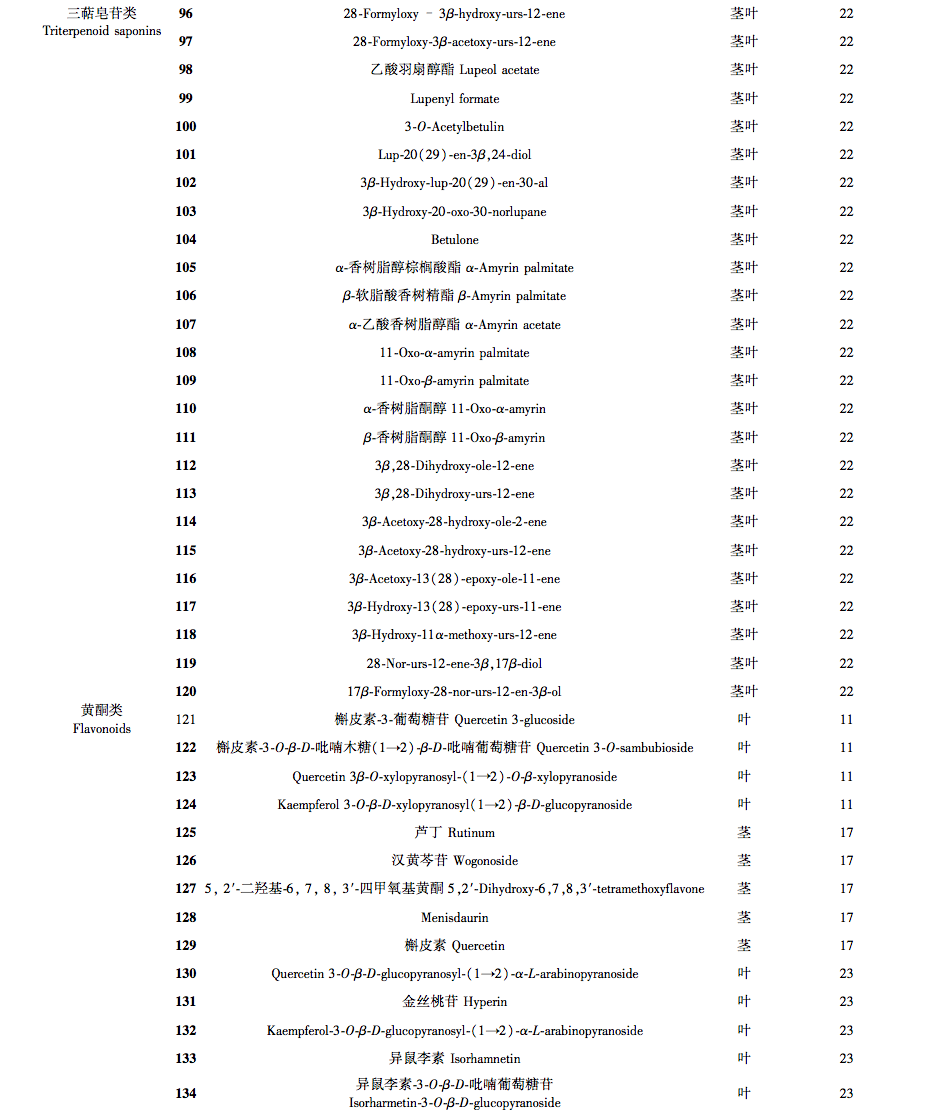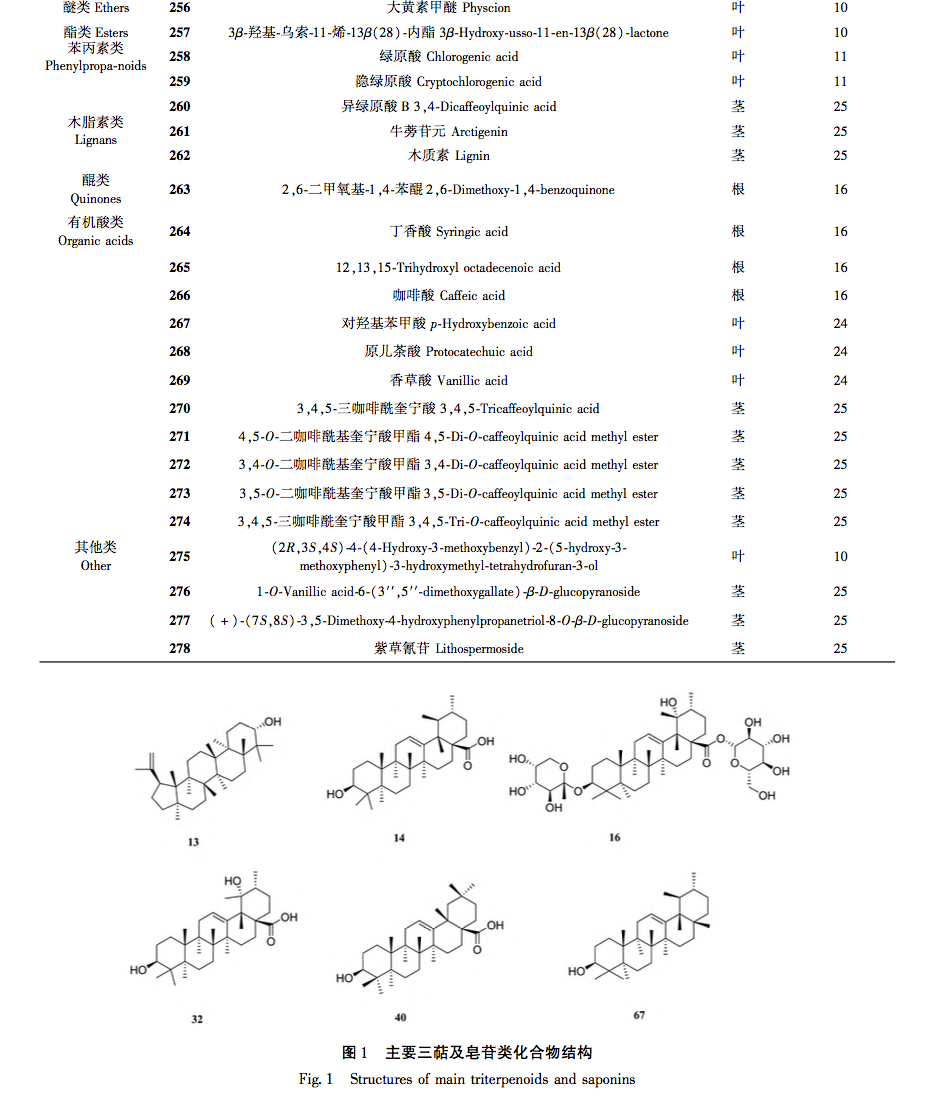Research progress on the chemical composition and pharmacological activity of Fructus Gougu
Ilex cornuta is an evergreen plant belonging to the Ilex genus in the Aquifoliaceae family. In ancient China, it was called “Gaolu” and was also known as “Tiger Thorn” or “Bird’s Nest”. Gougu originated in various provinces along the middle and lower reaches of the Yangtze River in China (Jiangsu, Anhui, Shanghai, Zhejiang, etc.), and later spread to Europe, often used for Christmas decoration. The research on pharmacological activity of Ligusticum barbarum has a long history, first recorded in the Tang Dynasty’s collection of Chen Cangqi’s “Bencao Shiyi”. It pointed out that Ligusticum barbarum leaves have a bitter taste and a mild nature, and can help to reduce phlegm, invigorate the mind, and improve vision. During the Ming Dynasty, Li Shizhen mentioned in his book “Compendium of Materia Medica” that boiling and drinking the leaves of Ligusticum barbarum can also promote intestinal circulation, clear the upper diaphragm, and benefit the throat. During the Qing Dynasty, Zhao Xuemin recorded in his book “Compendium of Materia Medica and Miscellaneous Writings” that tea made from roasted leaves of Chinese wolfberry can be used for contraception, dispelling wind, and promoting blood circulation.
In the past decade, the research on Chinese wolfberry has received widespread attention from scientists. The research results have confirmed that Chinese wolfberry has various activities such as antibacterial, anti-inflammatory, anticancer, and cardiovascular protection. Its main active ingredients include triterpenoid saponins, flavonoids, polyphenols, alkaloids, and volatile oils. However, there is a lack of systematic research and comprehensive reviews on the Chinese wolfberry bone. Therefore, based on the previous research of our research team, this study sorted out and summarized the research reports on the chemical composition, extraction and detection, pharmacological activity and mechanism of action of Ligusticum barbarum in the past decade at home and abroad, and explored the existing problems and future research development directions of Ligusticum barbarum, in order to provide reference for the in-depth research and application of Ligusticum barbarum.













Gougu, as a medicinal plant, has been used in ancient times for resolving phlegm, refreshing the mind, improving vision, promoting intestinal function, and contraception. Currently, Gougu is used for antibacterial, anti-inflammatory, anti-tumor, anti obesity, blood sugar and lipid lowering, liver protection, and cardiovascular protection. At the same time, the antioxidant and tyrosinase inhibiting activity of Cornus officinalis make it expected to stand out in market applications such as anti-aging and whitening. In addition, the extract of Cornus officinalis also contains various active ingredients such as ursolic acid, quercetin, and hyperoside, which provides the possibility for it to be used as an alternative drug for the prevention and treatment of diseases such as cancer, sepsis, arthritis, and colitis in clinical practice.
Future research on Chinese wolfberry can be carried out from the following aspects: firstly, focusing on the volatile oil components of Chinese wolfberry. In recent years, research both domestically and internationally has mainly focused on the extraction of volatile oil from the leaves of Cornus officinalis. In the future, research can be conducted on plant parts such as roots, stems, and fruits of Cornus officinalis to further expand the diversity of its components. Secondly, we will delve into the pharmacological mechanism of action of Fructus Gougu. At present, the research progress on the pharmacological activity mechanism of Ligusticum barbarum is slow, and previous literature has not yet clarified whether the pharmacological activity of Ligusticum barbarum is the result of its single component action or the combined action of multiple components, which greatly limits its clinical and market applications. Therefore, future research can continue to delve deeper into the monomeric compounds in Fructus Gougu based on in vitro and in vivo pharmacological experiments, in order to elucidate their mechanisms of action. Finally, research can be conducted on the quality control of Fructus Gougu, unifying its quality standards, quality evaluation methods, etc., to ensure the quality stability and safety of its drugs. At the same time, further optimize the extraction process of Cornus officinalis and explore the influencing factors to improve its extraction rate and pharmacological activity, providing reference for its clinical application, new drug development, and commercial value.
